Zambia: Youth changing lives one plant at a time
Just like millions of teenagers around the world, Daniel has a dream: helping make the world a better place. Having just turned 16, he recognises one of Zambia’s biggest challenges: food systems – the paths that food travels from production to plate – are not robust enough to meet the needs of the population.
“When I grow up, I want to use technology to modernise the way people farm. There are new technologies like hydroponics that can help farmers improve their yields and grow nutritious food. Zambian farmers depend on rain-fed crops, but with this system, crops can be grown each and every month,” says Daniel sitting outside his home in Kitwe, Zambia’s industrial hub, where he lives with his parents and three siblings.
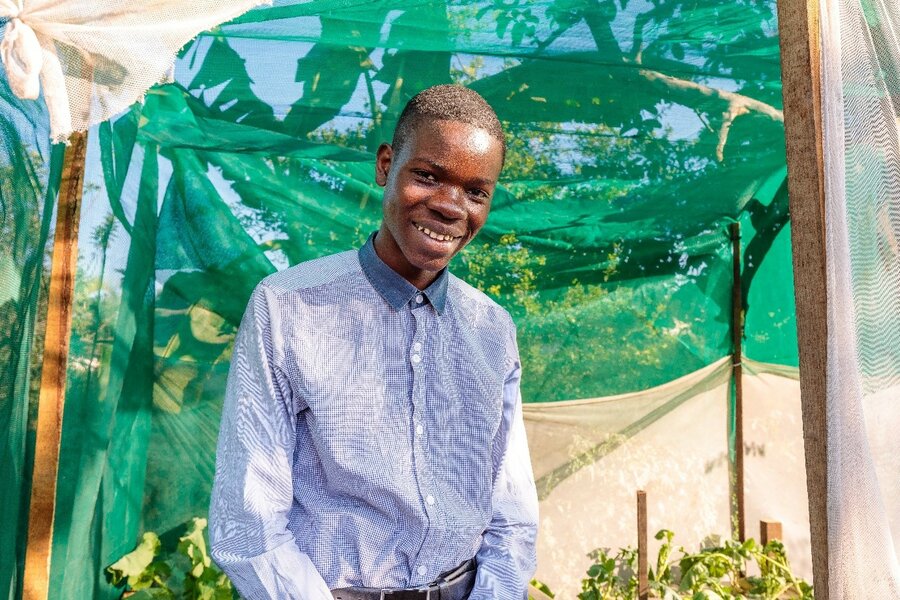
Daniel first learnt about this technology when the World Food Programme (WFP) came to his school to set up a hydroponics garden in collaboration with the Ministry of Education. These gardens provide nutritious meals to students throughout the year without the threat of climate shocks - making a difference to children's health, nutrition and education. Hydroponics is a soilless cultivation technique that uses up to 90 percent less water and 75 percent less space than traditional agriculture, while growing crops 100 percent faster.
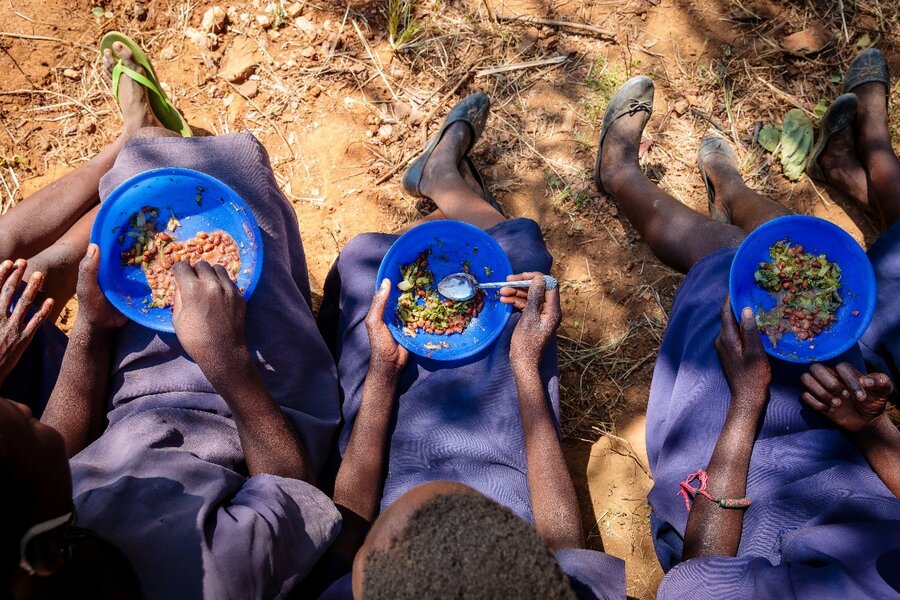
Each year, farmers use vast areas of land to grow crops that are sometimes destroyed by drought, high temperatures and floods – many of which are triggered by climate change. This increases production costs – an increase that is passed on to the consumer in the price tag – and makes it difficult for the government to nourish the next generation.
People who depend on markets for food struggle with high prices, with up to 53 percent of the population unable to afford enough nutritious food. A nutritious diet costs on average ZMW33 (US$1.80) per five-person family per day, three times as much as a diet meeting only energy needs.
Those who cannot afford fresh food opt for less nutritional food high in carbohydrates and sugar, contributing towards Zambia’s ‘triple burden of malnutrition' - undernutrition, overweight and obesity - with 35 percent of children under 5 suffering from stunting and 23 percent of people overweight or obese.
With the hope of tackling Zambia’s food system problem and growing nutritious food for his family in a sustainable way, Daniel decided to take the knowledge he learnt from school and replicate the hydroponics site at home.
“When WFP first came to my school, I thought 'wow, these people are amazing'. I never thought you could grow plants without soil. I said I have to try to do this at home. I knew I could do it. I started trying to replicate it, until finally I built my own greenhouse,” Daniel says.
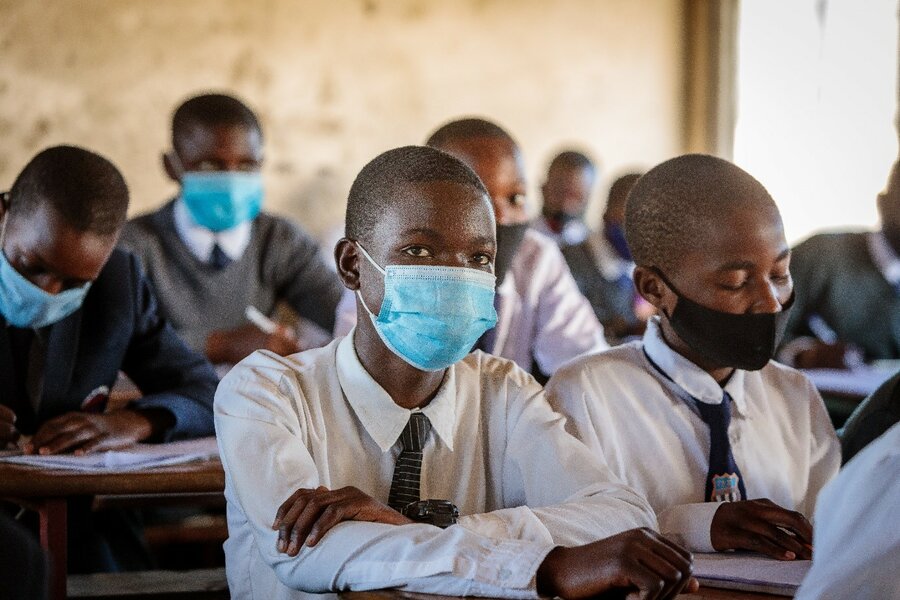
As hydroponic equipment is expensive, Daniel had to improvise on the material he used. “I used creative thinking to build the site. I thought of using tyres and plastic sheets as a place where the water could fit in and used wood to make the beds. I even made a pump using wood and rubber to oxygenate the water.”
“My school gave me some hydroponic fertilizer to get me started. Since then, I’ve been experimenting with local solutions that I can use. I tried to make fertilizer by soaking a sack of compost in a bucket of water for 28 days so that the nutrients dissolve into the water. The pH wasn’t good for hydroponics, but I will keep experimenting until I find a solution,” he says.
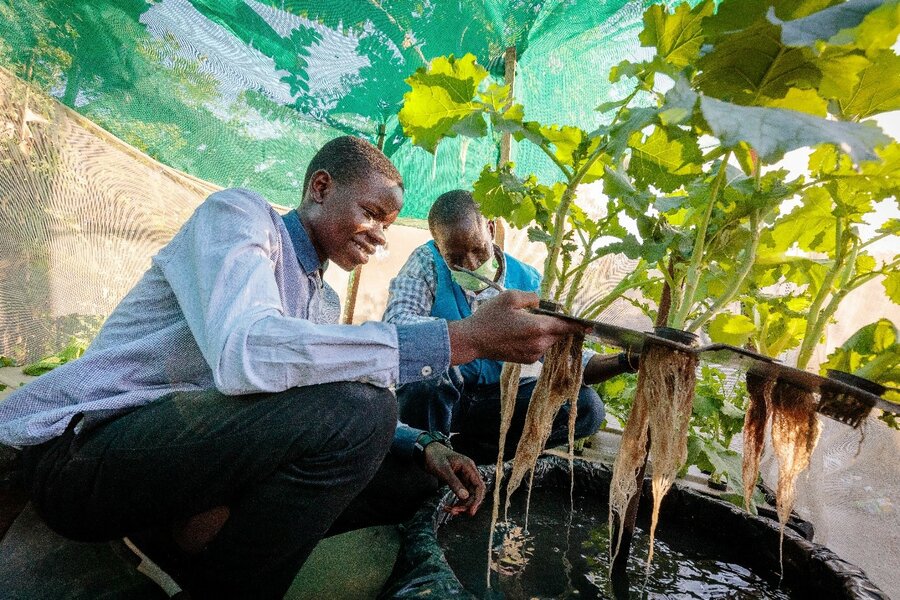
At his impressive site, he grows rape seed leaves, lettuce and Chinese cabbage. Every two weeks, he manages to harvest around 90 percent of the crops he grows, which his mother uses to make his favourite meal.
“My favourite meal at home is salad, I like vegetable salads, and fruits. My mum is the one that makes them, and she knows how to make them. I like it a lot,” Daniel says. “The best thing about my garden is that it’s beautiful. I like how green the plants are. The vegetables are much tastier than the ones grown in traditional gardens, they contain a lot more nutrients,” he adds.
With his surplus harvest, he gives some vegetables to his friends and sells some to his neighbours. He is saving up to expand his site so that he can grow even more vegetables for his community.
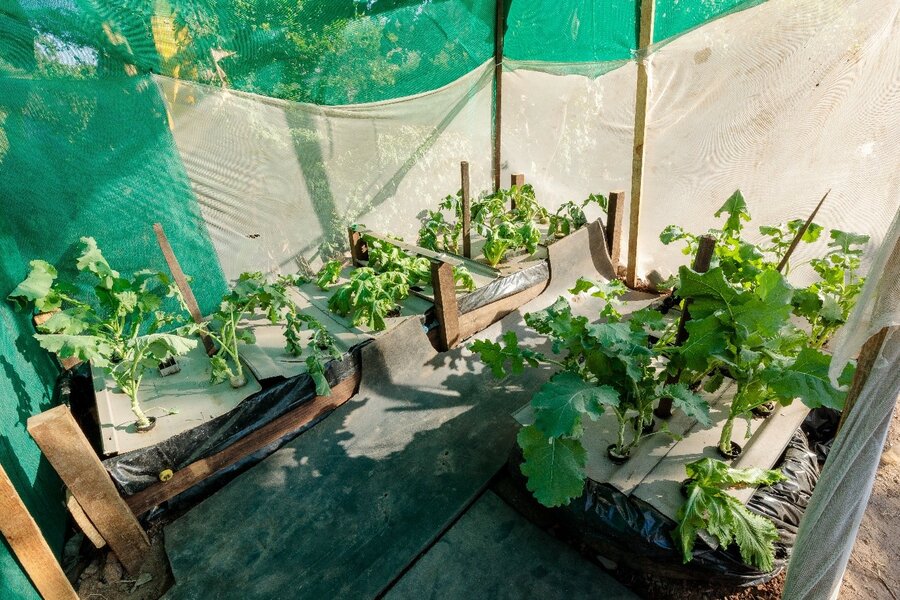
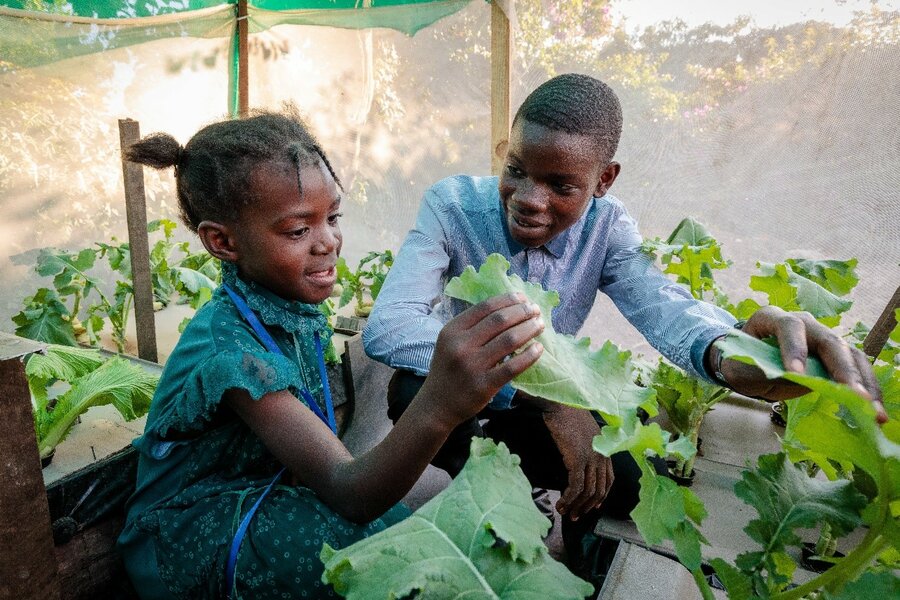
With his new found knowledge in hydroponics, Daniel wants to join WFP one day and help change the world through modern farming technologies that can help to ensure availability of nutritious food for all.
Daniel says: “I’d like to tell the people reading this story to never give up on your achieving your dreams. I went through trouble and trial trying to make this greenhouse but since I did not give up, I made it."
Thanks to generous support from Germany (Federal Ministry for Economic Cooperation and Development BMZ) through the German Development Bank KfW, WFP is helping the Government of Zambia to set up 48 additional school hydroponic gardens in drought-prone areas, bringing the total to 71.



